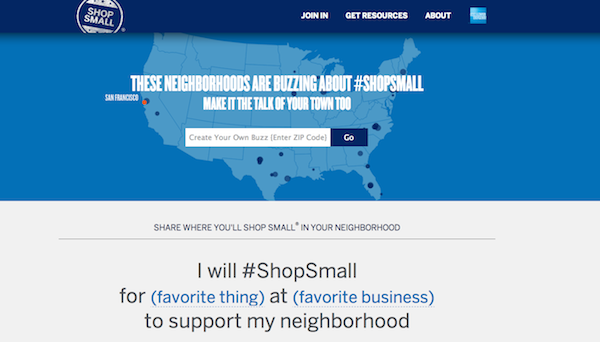![]() If you’re like many agency professionals, a common struggle you face with client marketing and advertising campaigns is justifying the ROI of your efforts.
If you’re like many agency professionals, a common struggle you face with client marketing and advertising campaigns is justifying the ROI of your efforts.
In fact, a recent HubSpot survey found that 29 percent of marketing agencies claim this as their top challenge. Fortunately—or unfortunately—your clients are likely stressing about the same thing. The recent Adobe Digital Distress report found that 79 percent of in-house marketers are “concerned about understanding whether their campaigns are working” and 75 percent struggle to demonstrate the ROI of their marketing efforts.
To ease these concerns, you need the ability to capture and report on all your campaign-driven leads—both online and offline. However, according the 2014 Marketing Score Report, 53 percent of organizations do not use call tracking.
Call tracking platforms can associate a client lead with a specific campaign, and then report on time of call, duration, caller ID, geolocation and the last page visited before calling. Lead conversions and source can also be fed directly into your analytics and AdWords accounts to show offline conversions right next to online conversions in one performance dashboard.
But how do you know if your client needs call tracking? More importantly, how do you justify the expense? The most accurate way to answer these questions is to assess and then test.
4 Steps to Assess and Test the Need for Call Tracking
Step 1: Assess the probability of generating calls
The total volume of phone leads your client receives is likely dependent on a number of business- and industry-related factors, including:
- Product or service: Typically, service providers will receive a larger proportion of calls than those that sell products.
- Offer Complexity: The more options or features a product or service includes, the more likely a lead is to call to make sure they fully understand what they are buying, that it satisfies their needs and is within their budget.
- Cost: The more something costs, the more likely it is that someone will want to speak with a company representative about the purchase decision before moving forward.
- Mobile Traffic: If the client generates a lot of mobile traffic and exposure, they may receive more calls. According to Google, 39 percent of mobile searchers are more likely to call when using their phone than they would be otherwise.
In contrast, if your client sells products through an ecommerce store, then there’s a good chance they don’t need call tracking. In this case, show a dedicated number throughout the shopping cart process to gauge how many potential customers are calling due to confusion or frustration with the checkout.
Step 2: Understand what a qualified call lead looks like
Phone calls can originate for a variety of reasons, including employees calling in sick, customer service calls or telemarketer cold calls, to name a few. To ensure that you are not overinflating your reports, take the time to:
- Take inventory of the campaigns you are running and the channels through which you may be driving calls.
- Talk to sales about the call length of a typical lead conversation, what geographic region they may be calling from and the time of day these calls usually take place.
Your call tracking platform should be able to set up rules that only show tracking numbers to individuals that satisfy specific criteria, for example referral source, location and time of day. In addition, these platforms can generate reports that only include qualified calls that last a specific length of time (i.e. 60 seconds).
Step 3: Integrate call tracking into client campaigns
There are two main types of call tracking numbers, and you should work with your call tracking representative to ensure that the most important conversion points are covered.
- Static tracking numbers are assigned to one specific element of the client campaign—such as a flier, ad version or content piece—and don’t change until you reassign them.
- Session-based tracking numbers, or dynamic number insertion, is installed on the client’s website, and captures the referral source, any PPC campaign details (e.g. ad group, keyword, ad), and a visitor’s last page visited before calling.
The combination of these two forms of call tracking can capture conversions that take place both on and off your client’s site, and then accurately report back on lead source and basic conversion details.
Step 4: Report on conversions
To analyze and evaluate your campaign’s performance, you should consider integrating your call tracking conversion data into other platforms, like analytics, AdWords, customer relationship managers (CRMs) or even a bid management system (if you’re using one). By consolidating reporting data into one dashboard, you can more quickly assess and generate performance reports to show to the client.
At the end of your test, evaluate total call volume and quality—the results may be eye opening for both you and the client. At this point, you can confidently determine if the ongoing investment in a call tracking platform is worth the return in terms of improving client campaign performance, and of course client retention.
Author Bio
Brad Reynolds is co-founder, president and CEO of Mongoose Metrics, a call tracking product suite for search, display, mobile and social marketing campaigns.


